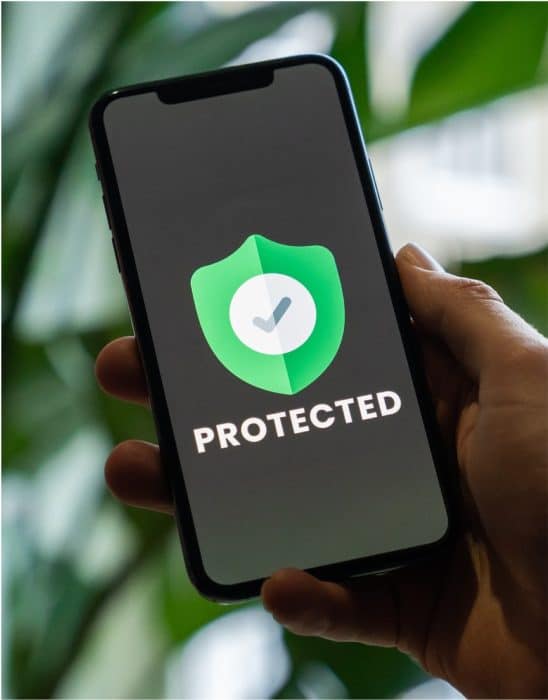The cybercriminality
Cybercrime is taking more and more varied forms: fraud, espionage, identity theft... The magnitude of the incidents is difficult to assess and the profiles of the attackers are diverse. What are the causes of cybercrime and how can we protect ourselves from them?



Definition of Cybercrime
What is cybercrime? Armed with a computer or connected device, the attacker performs illegal activity on computer systems. Along with phishing and other types of illegal intrusion, this is a growing threat that is expressed in multiple ways. The profiles involve individuals as well as criminal organizations and states. Incidents are multiplying due to the significant digital transition of industries and the rise of technologies.
The causes of cybercrime
These malicious attacks, through computer networks, may seem easier to carry out than real misdeeds, it is not so. While many try simple hacking, few are considered cybercriminals: the mere illegal downloading of music is not enough, a crime must be carried out. Spying, data theft, system shutdown. Some turn to cybercrime out of challenge while others act out of greed, out of a desire to harm, on command or not. Cybercrime targets Internet-specific offences as well as offences committed through the Internet.


Cybercrime in three points
Cybercrime is multifaceted and, by its digital nature, finds it difficult to conceive of the term borders. The stakes are as much national as international. The fight against cybercrime is a public concern, but it is also part of daily and individual actions to effectively protect against it.
How to fight against?
By improving its legislative arsenal, with strengthened and harmonized regulations as well as by investing in digital knowledge.
How to identify it?
Slower operation, error messages, suspicious expenses, duplicate messages, rising bills: some symptoms reveal cybercrime.
How to protect yourself from it?
It is mandatory to adopt good digital habits (password management, device locking).
Frequently asked Questions
What are the types of cybercrime?
Cybersecurity harms come in several types.
There is the breach of data confidentiality, to the extent that some sensitive data is confidential or sensitive. Data can also be stolen with the intent to harm or impersonate an identity.
Espionage whether technological (patent theft), industrial (machine competence), scientific (medical) or economic.
Cyberbullying and cyberbullying are also widespread attacks on social networks and reprehensible.
Who is most exposed to cybercrime?
There are no typical profiles of victims of cybercrime. Individuals are concerned, especially the elderly, who are more vulnerable because of their lack of knowledge of digital technology. The youngest are also frequent victims because they are easily accessible.
Attacks on public and private entities remain numerous, often in exchange for large ransoms. 200 operators of vital importance, classified, are protected in priority by the ANSSI.
What are the consequences of cybercrime?
Cybercrime has serious consequences: loss of data, psychological and financial impact. This applies to individuals, businesses and governments alike.
Beyond ransoms, which can amount to millions of dollars, organizations also suffer from a lack of images following an attack with a loss of customer trust.
What should I do if I am the victim of cyberbullying or a cyberattack?
If you are a victim of cyberbullying and a student contact 3018.
If you are a victim of cyberbullying contact law enforcement or in case of emergency (only) send a text message to 114.
You are a company victim of ransomware, do not pay and turn to the competent service.
Have you identified a cyber attacker in your company? Stay discreet and stop exchanges through traditional messaging. Contact the appropriate department and secure your environment.
Our advice: anticipate now the services or individuals at risk, as well as the possible consequences to set up a protocol and a competent team now.
The key numbers cybercrime
The impact of cybercrime is growing year by year as the private and public sectors are moving en masse towards new technologies. Less informed, but always more connected, the risks increase.
of French companies attacked in 2021.
of account hacking in 2021.
people victimized by cybercrime each year.

Cybercrime in France and Europe
Increasingly dependent on digital technologies, certain critical sectors such as transport, energy, health and finance are victims of acts of cybercrime. Learn more about the rise of cybercrime.
